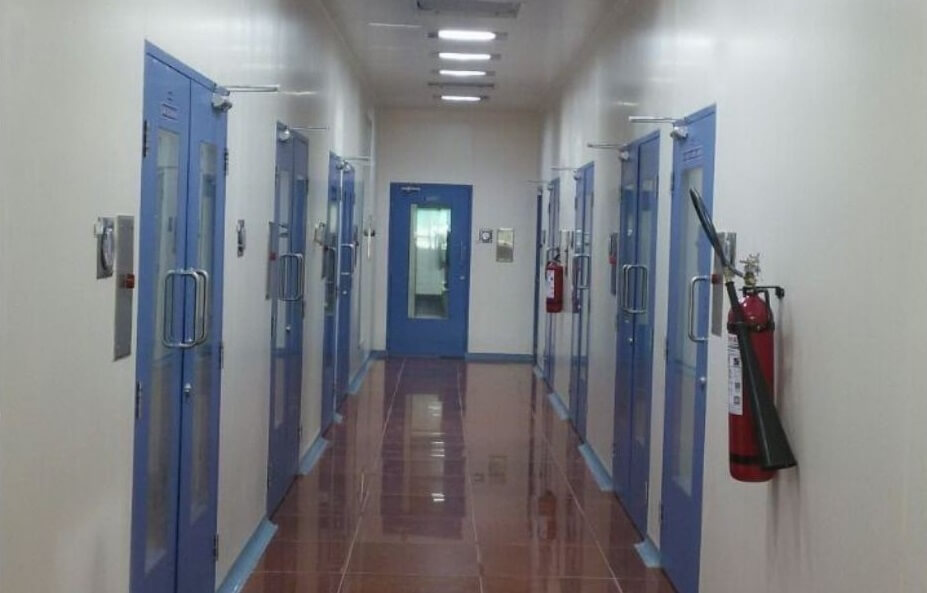
The key procedure of passive fire safety in structures is to enclose the workplace with appropriate fire doors, walls, ceilings, and floors. Integrating fire barriers helps in managing fire by interrupting the spread of smoke, toxic gases and fire itself from one fire zone to the next. Fire doors are key to the stability of fire barriers. They act as an accessway to the spread of fire in case these portals are temporarily broken. To minimise such temporary mishaps in protection, fire doors must be self-closing and have a strong latching technique.
Main causes of workplace fire
High chances of fire breakouts are through electrical faults. Such incidents can be avoided by keeping a check on fuse boxes and incorporating sandboxes close to the electrical main lines. Another preventable cause of a fire is smoking cigarettes. Employees smoking around flammable materials or failing to put out their cigarettes properly can cause a fire in the workplace. Such incidents can be avoided by including a designated smoking area on the premises.
Unfortunately, arson is another common reason for a fire breakout. One needs to make sure that all the flammables are locked and not easily accessed while CCTV cameras can act as deterrents.
All employees need to be expertly trained and made aware of how and where to exit from in instances of fire. Fire alarms need to be installed throughout the workplace environment for the utmost safety.
Importance of fire doors
Installing fire doors to the workplace reduces the impact of fire greatly. Fire doors perform two crucial functions; form a barrier to punctuate the spread of fire and smoke and provide a means of escape from the premises. While the fire doors cannot stop the spread of fire, they provide an accessible route to escape the building. Such doors usually are easily opened by a simple push bar or a panic bar. These doors must be never obstructed and marked well to be easily seen and accessed.
Fire doors act as passive fire protection from the spread of fire and thus can reduce the destructive impact. People occupying adjacent compartments are saved as Fire doors act as a shield from the blaze to spread around. Along with impeding the spread of fire and toxic gases, these doors also allow the patrons with enough time to evacuate and exit the building in time. As a rule, fire doors are required whenever a door opening is present in a firewall. Fire doors are generally installed at the necessary exit points leading to a fire exit stairwell or at the door opening leading to flammable storage.
Regular inspection and check of the fire door are necessary to ensure that the hardware is up to date. A marked label to be made on the door boldly showing the certification of the door. The gaps around the fire door should be under 4mm and one should be careful to check for any damage or missing seals that could affect the functioning of the door. The fire door should be closing in completely to contain any further spread of fire.
Fire doors hazards to avoid
Fire doors are often kept open for ease of movement in a workplace. This can lead to a fire hazard as it results in a break in the fire barrier. In case designated fire doors do have a door wedge holding it open, it should be programmed to automatically release the door shut for smoke and fire control. The door latch should never be taped over as during a fire, hot gases can create enough pressure to burst open the fire door easily.
A plate is affixed to the fire door that identifies the approval and duration of fire rating. One should be careful of not painting over these plates as it helps determine the future durability of the door.
Other measures for workplace safety can be introducing fire extinguishers at various appropriate intervals, providing fire exit signage, emergency lighting in case of power break out and fire blankets in the pantry area which can be used to smother the flames.